10 Key Jet Lag Facts Every Couple Should Know

Jet lag doesn’t just throw off your sleep, it can affect your mood, digestion, focus, and even how well you connect with your partner during those first days of travel. For couples chasing romance across time zones, it can be the unexpected hurdle that dampens an otherwise dreamy getaway. Whether you’re heading to Europe for a honeymoon or flying long-haul for a special escape, understanding jet lag ahead of time can make a big difference. With a little planning and patience, you can beat the worst of it and enjoy your trip in sync. Here are 10 key facts every couple should know before takeoff.
1. Jet Lag Is Worse When Flying East
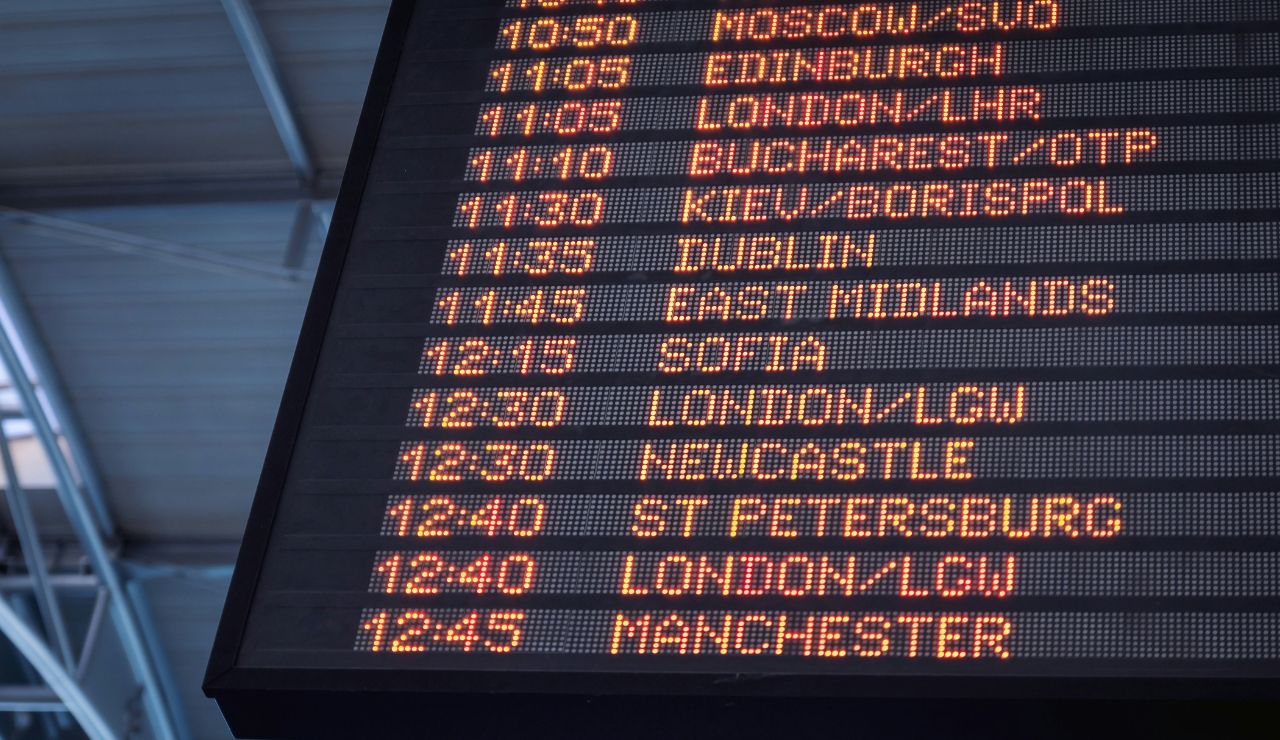
Your body’s internal clock naturally prefers longer days, so when you fly east like from the U.S. to Europe, you’re essentially asking it to fall asleep earlier, which is harder than staying up later. That’s why eastbound flights tend to cause more intense jet lag than westbound ones. You might find yourself wide awake at 2 a.m. or nodding off during dinner. Expect a slower recovery and plan your first day with flexibility. If you’re traveling east, give yourselves time to ease in schedule light activities and resist the urge to overpack your itinerary.
2. Couples Often Feel It Differently

Don’t be surprised if one of you adjusts faster than the other. Everyone’s body clock reacts differently to time zone changes, one partner might bounce back quickly, while the other struggles with sleepless nights or midday slumps. You might find yourselves out of sync with sleep, hunger, or energy levels. That’s normal. The key is to stay patient, communicate openly, and adjust plans when needed. Give each other grace instead of getting frustrated. Traveling as a couple means supporting each other even when your internal clocks aren’t ticking in time.
3. It’s Not Just About Sleep
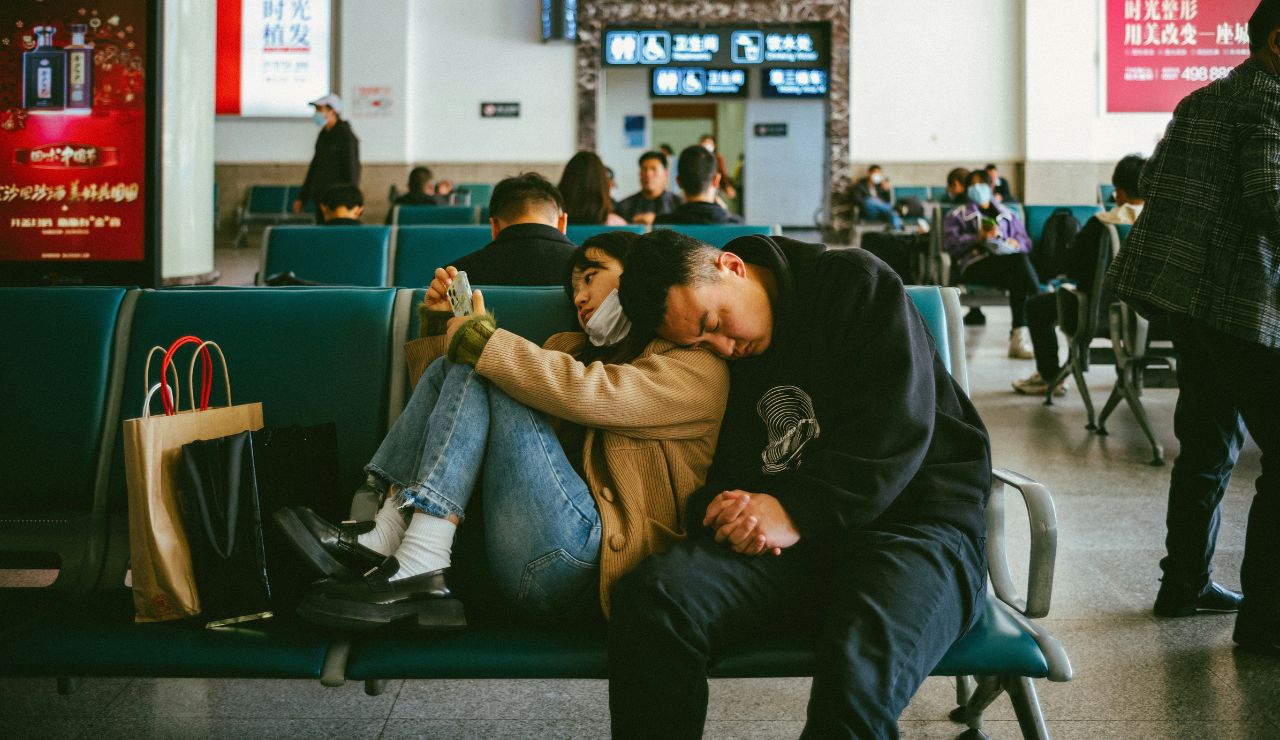
Jet lag goes beyond disrupted sleep, it can impact your mood, digestion, energy, and even your emotions. You might feel foggy, unusually irritable, bloated, or slightly blue. These physical and mental effects are common and typically short-lived, but they can strain your dynamic as a couple if you’re not prepared. Knowing that these symptoms are part of the adjustment can help you stay patient with each other. Take breaks, stay hydrated, and don’t read too much into a grumpy comment, jet lag, not your partner, is likely to blame.
4. Light Exposure Can Reset Your Body Clock

Sunlight is one of the most powerful ways to reset your internal clock after a long flight. Once you arrive, aim to get outside and soak up natural light especially in the morning. It signals your brain that it’s time to be awake, helping your body adjust more quickly to the new schedule. This is especially helpful after flying east, when you’ll need to wake up earlier than your usual time. Even a short morning walk can make a difference. Just remember, sunlight early in the day speeds up adjustment, while evening exposure might delay it.
5. Melatonin Can Help but Use It Wisely

Melatonin can be a helpful tool for easing jet lag especially when flying east and trying to fall asleep earlier than usual. This natural hormone signals to your body that it’s time to wind down. A small dose (0.5–3 mg) taken 1–2 hours before your intended bedtime at your destination can help reset your internal clock. Avoid larger doses, which may leave you groggy or disrupt your sleep cycle. It’s not a sleeping pill, but a gentle nudge in the right direction. For couples, syncing melatonin use can help both of you adjust together and get back on the same schedule.
6. Pre-Trip Prep Makes a Difference
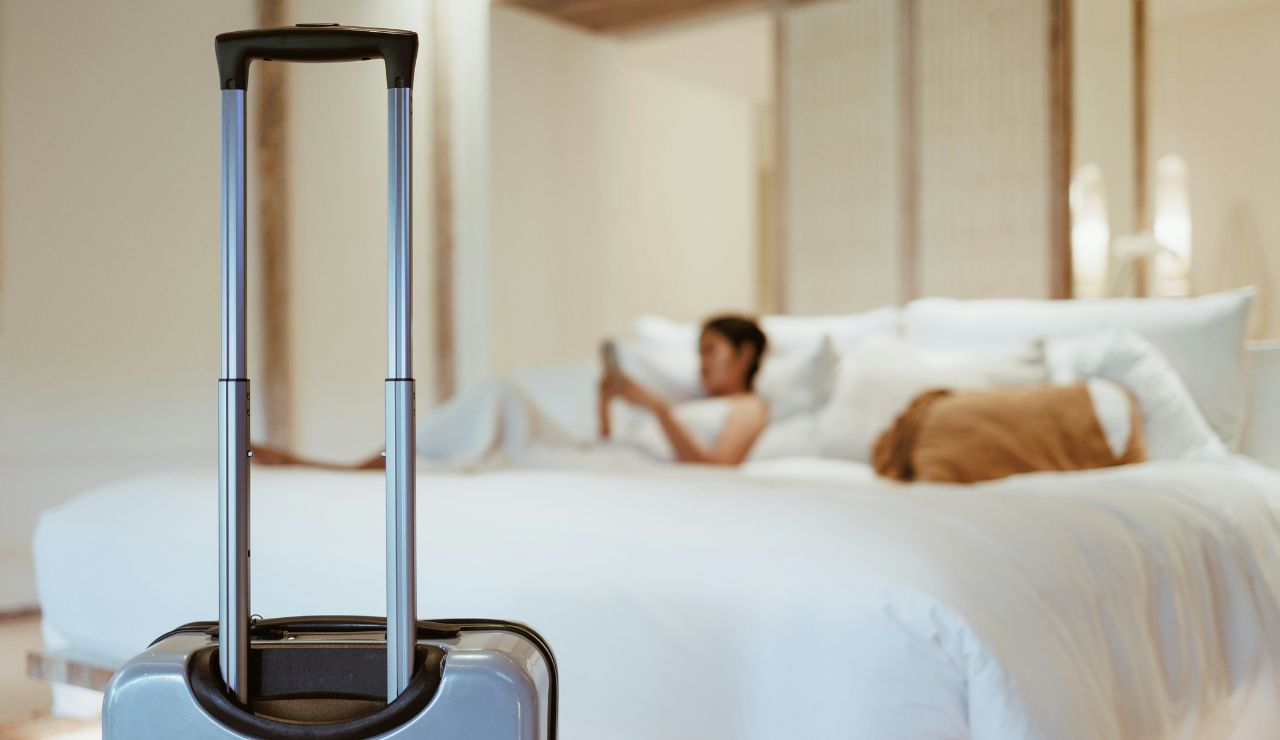
If your trip allows, start adjusting your sleep schedule a few days before departure. Go to bed and wake up 30–60 minutes earlier (for eastbound trips) or later (for westbound) each day to gradually ease into your destination’s time zone. This small effort can make a big difference in how you feel once you land, helping reduce jet lag symptoms before they even start. For couples, syncing these changes together means you’ll both hit the ground feeling more rested and ready to explore. It’s a simple, proactive way to travel smarter as a team.
7. Hydration Helps Recovery

Dehydration can amplify jet lag symptoms like fatigue, headaches, and brain fog making that time zone jump feel even worse. Airplane cabins are notoriously dry, so it’s essential to hydrate before, during, and after your flight. Aim for water over coffee, soda, or alcohol, all of which can dehydrate you and disrupt sleep. Bring a reusable bottle and refill it after security. For couples, keeping each other accountable for sipping water instead of wine mid-flight can help both of you recover faster and feel more energized when you land.
8. Naps Can Help or Hurt
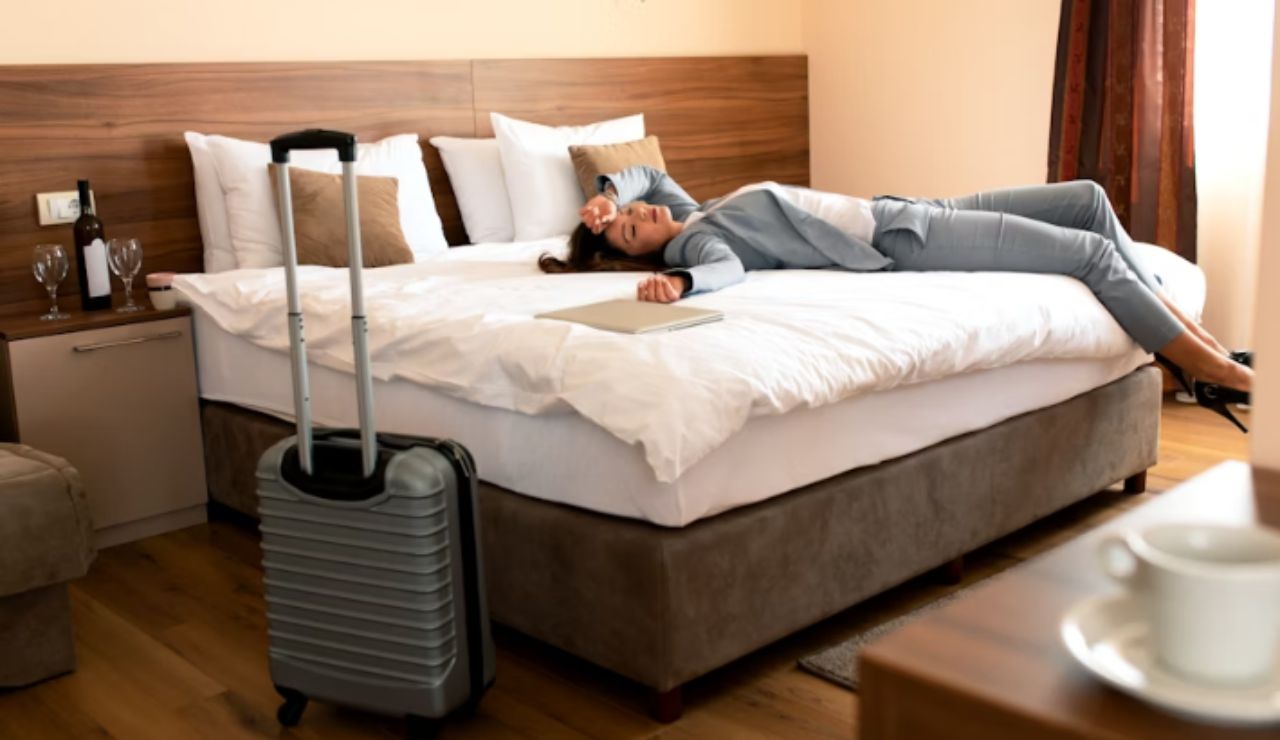
A short nap just 20 to 30 minutes can be the perfect energy boost after a long flight. It helps shake off grogginess without throwing off your nighttime sleep. Longer naps, especially in the late afternoon or evening, might feel tempting but can delay your body’s adjustment and make it harder to fall asleep at night. Set an alarm, keep the room dim, and treat it like a power reset. For couples, coordinate your nap times so you’re not wide awake while your partner is knocked out. A quick rest can help both of you feel refreshed and ready to explore.
9. Your Gut Has Jet Lag Too

Your body’s internal clock doesn’t just manage sleep, it also regulates digestion. That’s why eating on your destination’s local schedule can help speed up your jet lag recovery. Even if you’re not hungry at first, having small meals at local breakfast, lunch, and dinner times helps reset your rhythm. Avoid heavy or greasy food close to bedtime, which can disrupt sleep and make you feel sluggish. For couples, syncing your meals can help you both adjust faster and avoid those awkward moments when one of you is starving while the other just wants to nap.
10. It Usually Lasts a Few Days
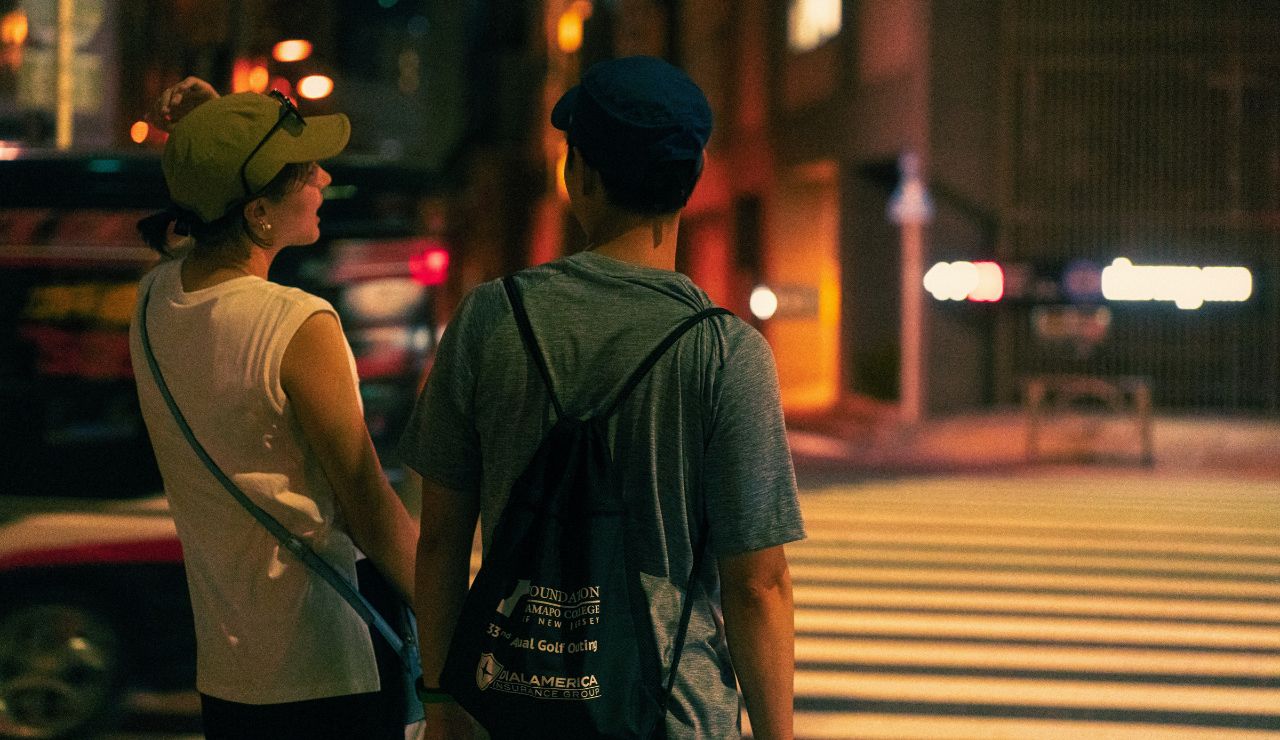
Most travelers adjust to a new time zone within 2–4 days, depending on how far they’ve flown and their personal sleep habits. During those first days, it’s important to go easy on yourselves. Skip the early morning tours, avoid stacking your itinerary, and build in downtime to rest and reset. If one of you needs more time to adjust, be patient and supportive, it’s temporary. Traveling as a couple means moving together, even if one person is a step behind. The more relaxed you are early on, the sooner you’ll both hit your stride and enjoy the travel in sync.